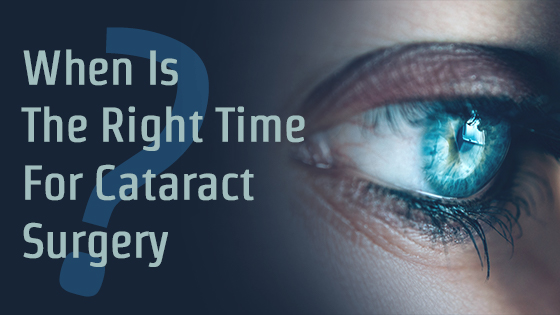 Even though many people think of cataracts as their great-grandma’s problem, studies have shown that cataracts are the most common cause of vision loss in people over age 40, and are the principal cause of blindness in the world. In fact, cataracts now affect more than 22 million Americans, and more than 30 million are expected to have cataracts by the year 2020, according to Prevent Blindness America (PBA). Unfortunately, no medication or eye drop has yet been proven to prevent or reverse cataract formation.
Even though many people think of cataracts as their great-grandma’s problem, studies have shown that cataracts are the most common cause of vision loss in people over age 40, and are the principal cause of blindness in the world. In fact, cataracts now affect more than 22 million Americans, and more than 30 million are expected to have cataracts by the year 2020, according to Prevent Blindness America (PBA). Unfortunately, no medication or eye drop has yet been proven to prevent or reverse cataract formation.
While some cataracts never require surgery, most cataracts grow gradually over months or years and will require surgery at some point in time, and there are certain types of cataracts that can grow quite quickly. The most common form of age related cataracts are called “nuclear cataracts” which form deep in the central zone, or “nucleus,” of the lens.
Since cataracts usually start slowly growing sometime after the age of 40, and since cataract-related vision loss will affect 60% of men and women in the U.S. over the age of 60, our natural eyesight may degrade so gradually that people often don’t bring it to the attention of an eye-care professional until the symptoms become far advanced, and sometimes dangerous.
Frequently described as “cloudy” vision, or often compared to looking through a dirty car windshield or smeared camera lens, cataract symptoms might include:
– Blurred vision
– Difficulties driving at night
– Problems with glare (such as a bright sun or automobile headlights)
– Dull color vision
– Frequent changes in eyeglass prescriptions
– Occasional double vision in one eye
It is not necessary to remove a cataract just because it is present. Many people have cataracts that don’t cause the symptoms that either reduce their quality of life or increase their risk of accident or injury. However, if a person has blurred vision that makes it difficult to read, drive at night, or to engage in those things they enjoy doing, it is time to consider cataract surgery.
– Cataracts can now be removed at any stage of development.
– The longer a cataract develops, the more it hardens.
– At advanced stages, a firmer or more developed cataract can be more difficult to remove.
– In certain situations, it is safer to remove a cataract sooner rather than later.
– However, a person should only undergo cataract surgery if they are experiencing one or more of the symptoms caused by the cataract.
If you are having any concerns or have any questions concerning your eyesight contact us today for an examination or consultation.